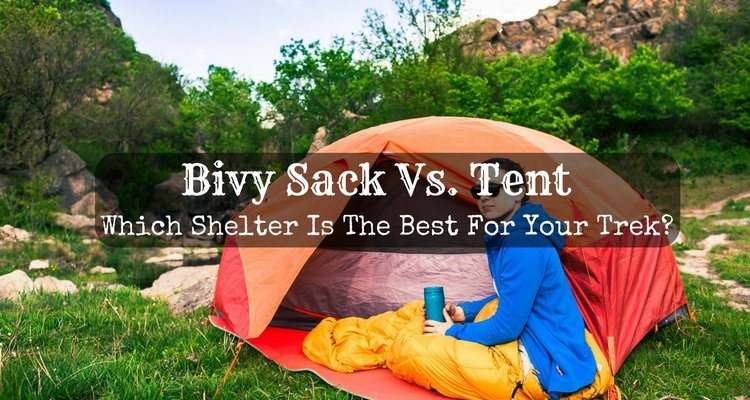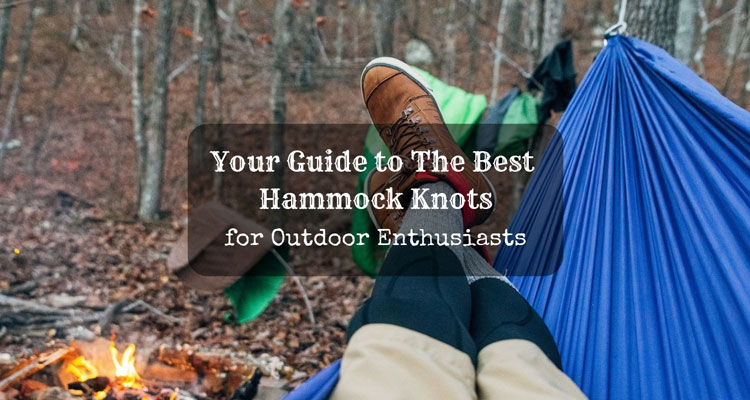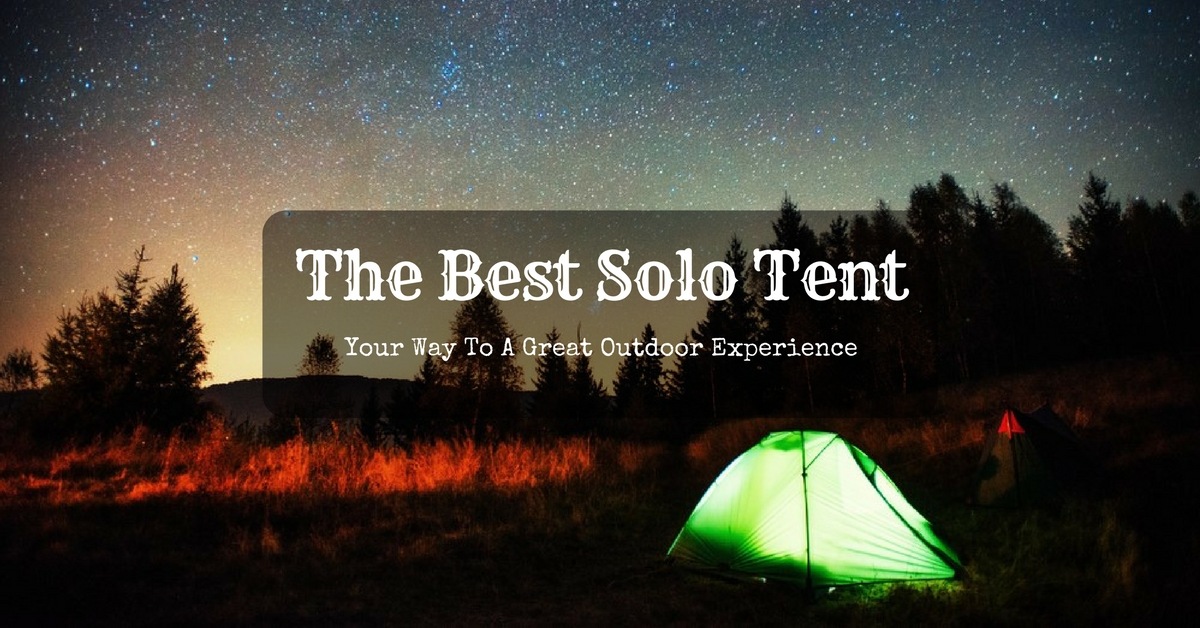When I was new to hiking, camping, and backpacking, I was clueless about what a bivy sack is, and what its purposes are. At that time, tents are the only protective equipment that I used, and they almost always give me the comfort and safety that I need during my adventure.
However, as I get used to the routines of going outdoor, I realized that I sometimes need a shelter that will take a shorter time to set up and which I can use when I camp or hike alone.
It was then that I researched about other outdoor equipment that can be alternatives to tents, and I discovered bivy sacks.
Both these shelters are excellent for different reasons which make them a common topic of arguments of different backpackers; hence, to address the bivy sack vs. tent debate, I have decided to write this article about it and help you decide which one suits your needs.
More...
Weight and Space
Tents and bivy sacks are extremely light especially when you buy those that have modern designs. However, there is still a huge difference between tents and bivy sacks when it comes to weight.
Bivy sacks have very simple and lightweight poles and do not require tent stakes and other components or structures, so they have fewer materials than tents.

Bivy sacks are also smaller in size, so you will find them easier to place and fit in your backpack as compared to tents. In most instances, tents are almost two times heavier than bivy sacks.
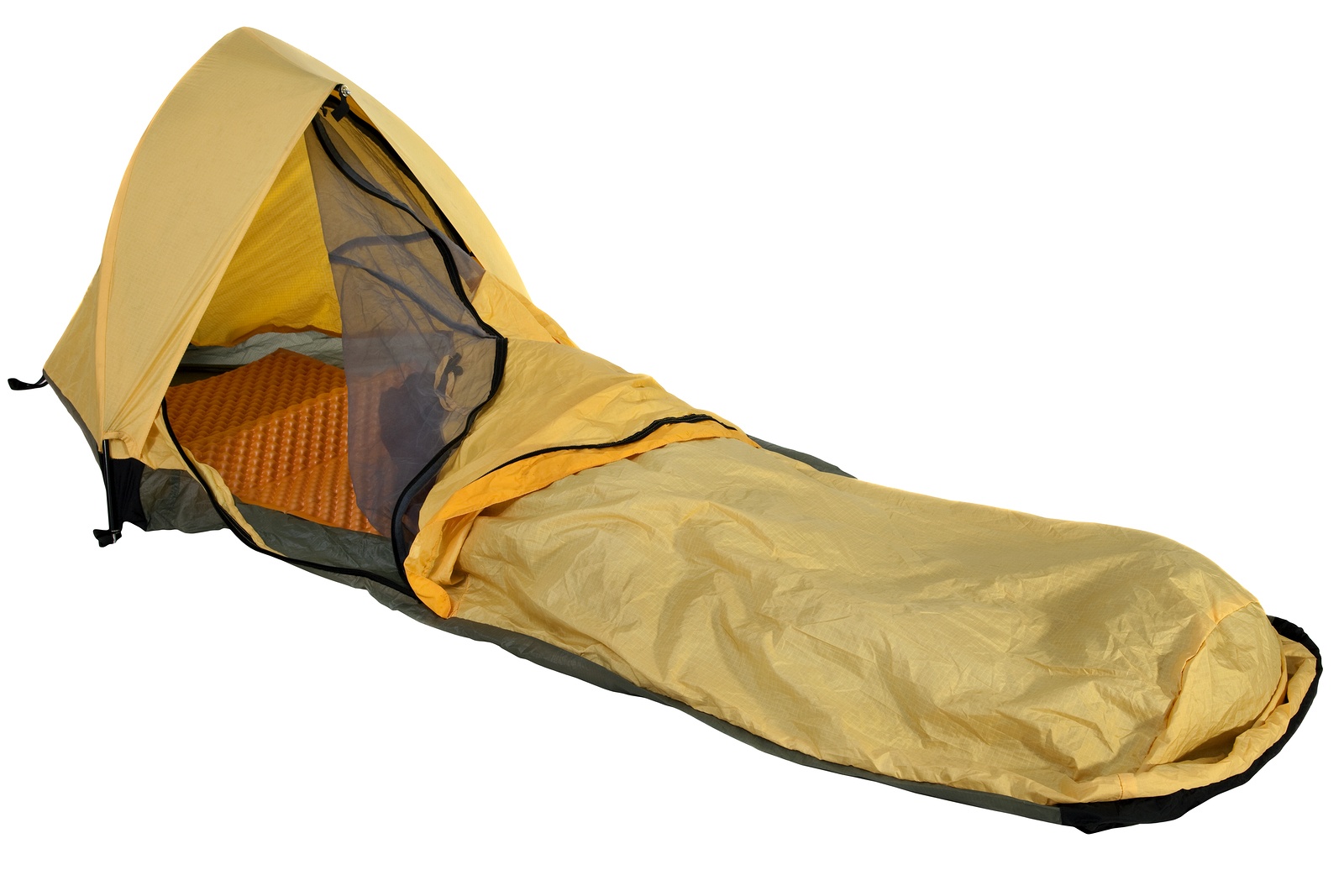
Comfort
Because bivy sacks are small, they do not provide enough space for movement. Since they have limited space, they are also prone to condensation which makes them uncomfortable and wet.
There are a lot of ways or measures that you can do to eliminate the dampness. You can purchase more breathable sacks which are usually more expensive, or you can go with synthetic camping sacks. Applying hydrophobic treatment is another effective way to reduce the slight wetness on your sacks.
Tents, on the other hand, provide more space, so you can sit down and do other things or activities. With tents, you can store your other materials.
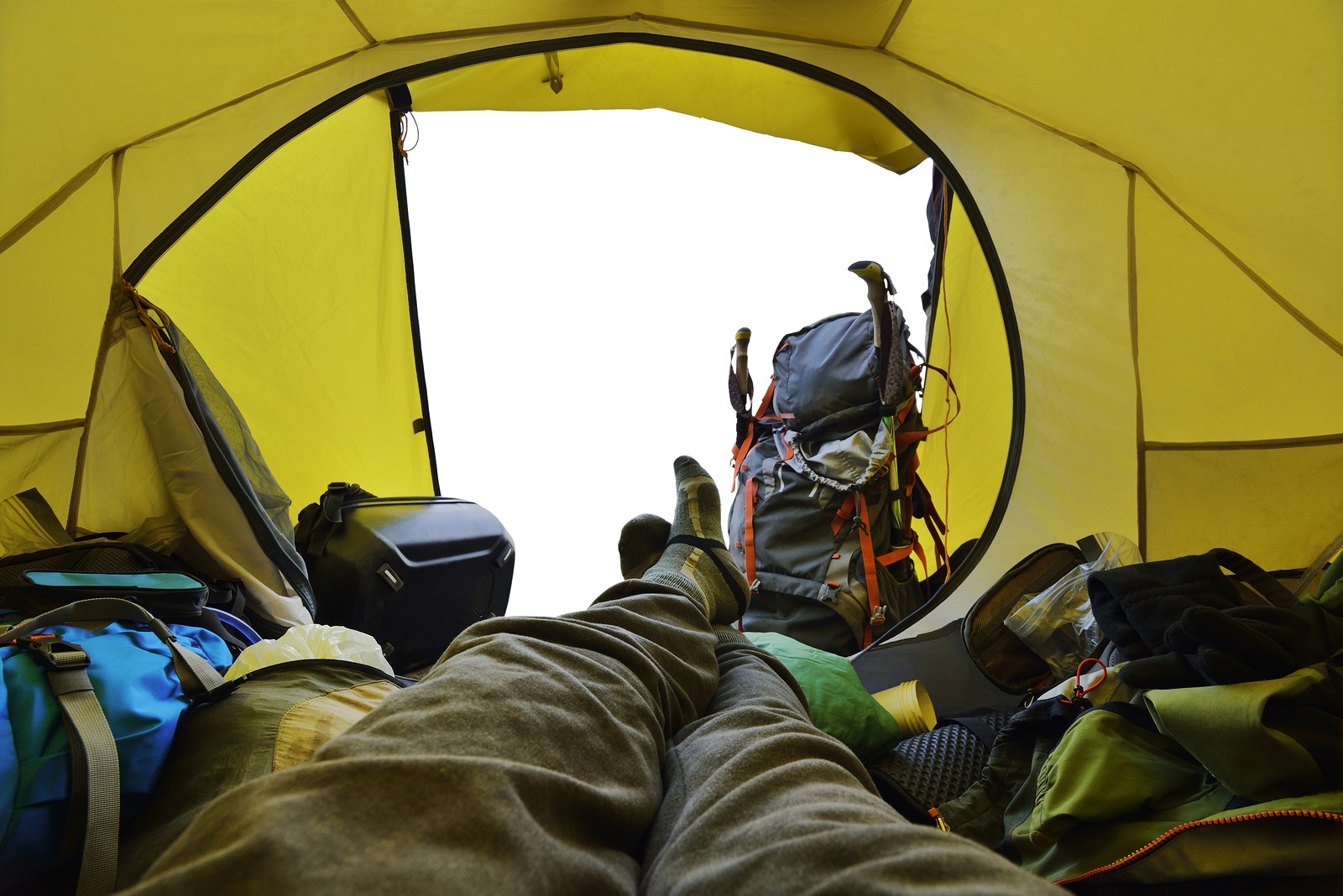
However, with bivy sacks, it is difficult to store items. Compared to tents, bivy sacks also warm up quicker. However, tents are a lot more comfortable.
It may be terrifying when you experience bad weather, and you are in bivy sacks. Tents, on the other hand, are more comfortable during these instances.
Price
Tents are more affordable than bivy sacks. There are a lot of tents that you can choose from; however, the price of the most decent tents for one person may start from $100 although I have also come across outdoor shelters which are below $100.
Still, other things affect the price of tents and bivy sacks. For instance, more expensive bivy sacks often come with a net which is highly convenient for many backpackers. The same thing is true with tents since more pricey ones usually include a floor which gives better insulation against the cold while keeping out crawlers.
Other factors that influence the cost are the brand, size, and location of the store.
Recommended articles:
Convenience and ease of set up
If you use bivy sacks, you can sleep in any place, and you do not have to look for spots which are suitable for you to sleep. However, if you will use tents, you have to find a camping spot that is large enough so that it can accommodate you.
You also have to make sure the location is suitable for setting up structures like tents.
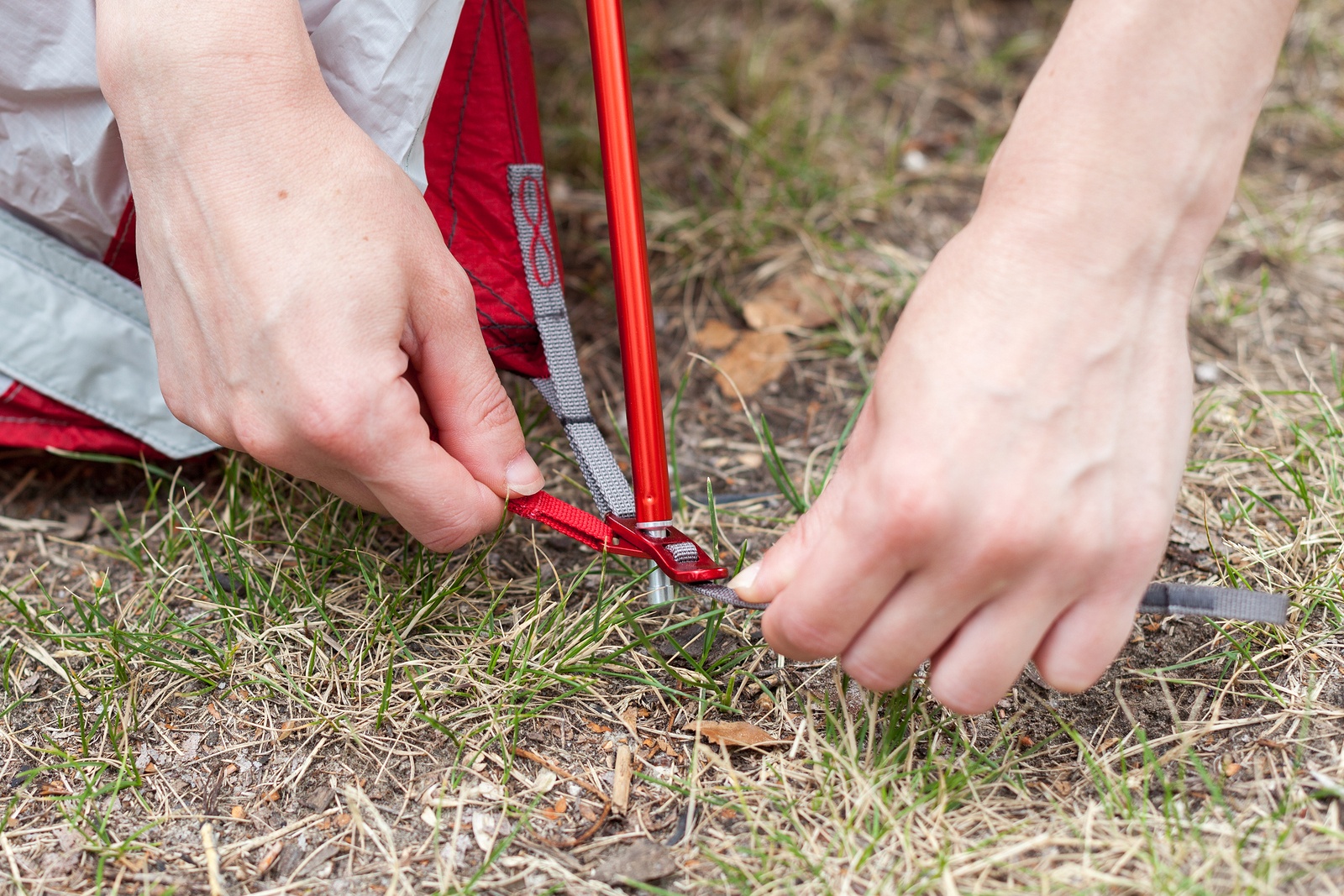
If you are not very familiar with the places that you will visit or unsure if there is a good place to assemble a tent, you can think about bringing and using a bivy sack which is quite similar to a hammock when it comes to ease of set up.
Bivy sacks will not require a lot of work, so some of my fellow backpackers suggest that they are great to use when you plan to visit possibly dangerous spots.
However, the con of using a bivy sack is that you can not put all your stuff or equipment into it. Also, putting some items to bivy sacks can make them exposed and unprotected from the elements and hazards in the wild. Storms, rains, snow, and even animals can damage your belongings.
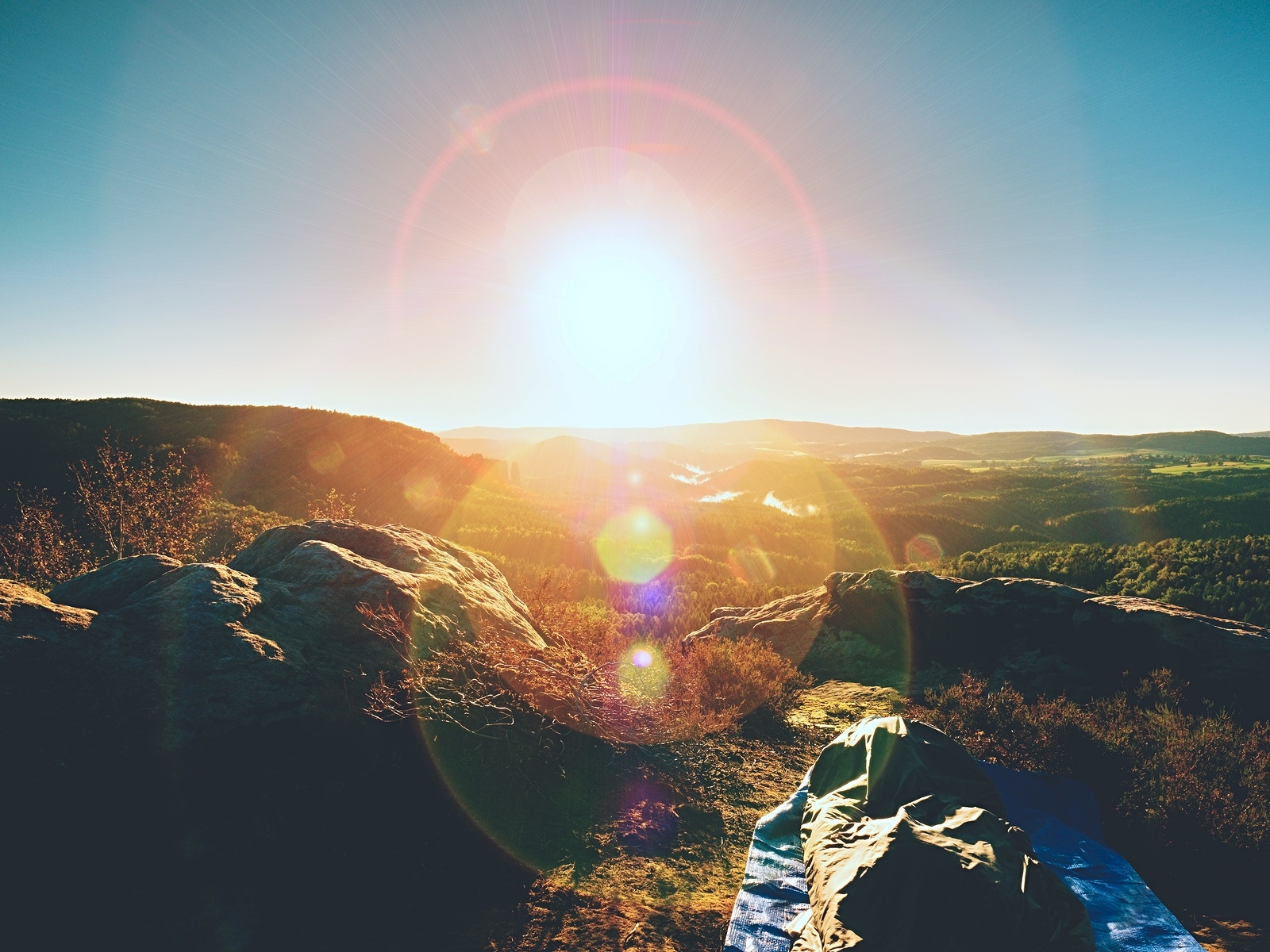
Also, you have to dry your bivy sacks for at least 2 or 3 days. Hence, they can be very inconvenient to use if you plan to camp for several days.
I have included two useful videos to help you understand and compare the differences between bivy sacks and tents when it comes to setting up.
To know the procedures on how to set up a bivy sack, please see the video below.
You can also check and watch the video below to understand better how setting up a tent works.
Number of people who will join on your trip
If you camp alone, you may think that you need not buy a tent. However, there are also tents which are more spacious and cozier and which intend to fit only one person.

If you do not camp alone, but your companions forget to bring their sacks, one item will surely not be enough to fit all of you. Bivy sacks are only for a single person; hence, they are not appropriate to use if you travel with a group, making tent the ideal one to use.
Although the size of the tent to carry with you will depend on the size of your group, you may go with a better idea of bringing more bivy sacks or more tents.
Another important consideration you have to take into account is your connection with the people who will join you on your trip. If your partner and your parents will accompany you, you need to consider having separate shelters.
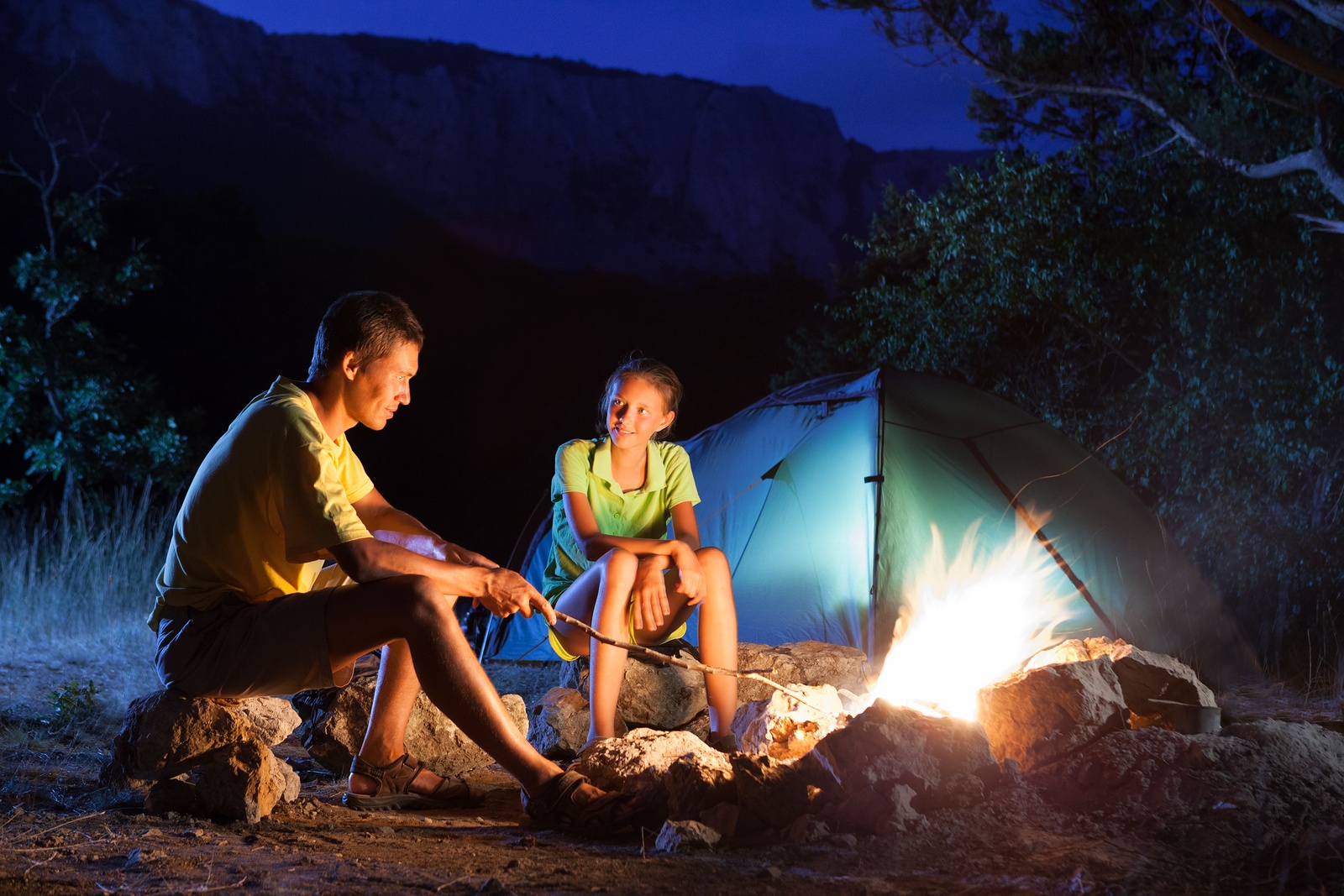
Meanwhile, if there are children who will be with you during your trek, you might want to be with them in the same tents. In some instances, you and your partner may also be with another couple who are also your friends or relatives. In this situation, you can also share a larger tent.
However, if you and your companions are not too close to each other, you can enjoy other tents which you think will fit all of you.
Conclusion:
Did you enjoy learning the differences between a bivy sack and tents?
If you are going to ask me which one is better after we reviewed their advantages and disadvantages, I would say that there is no right or wrong answer.
As an outdoor enthusiast, I know that you and I may have different necessities and preferences which we need first to assess to find out which shelter we would choose over the other. I hope that, through this writing piece about bivy sack vs. tent, I was able to make this decision easier for you.
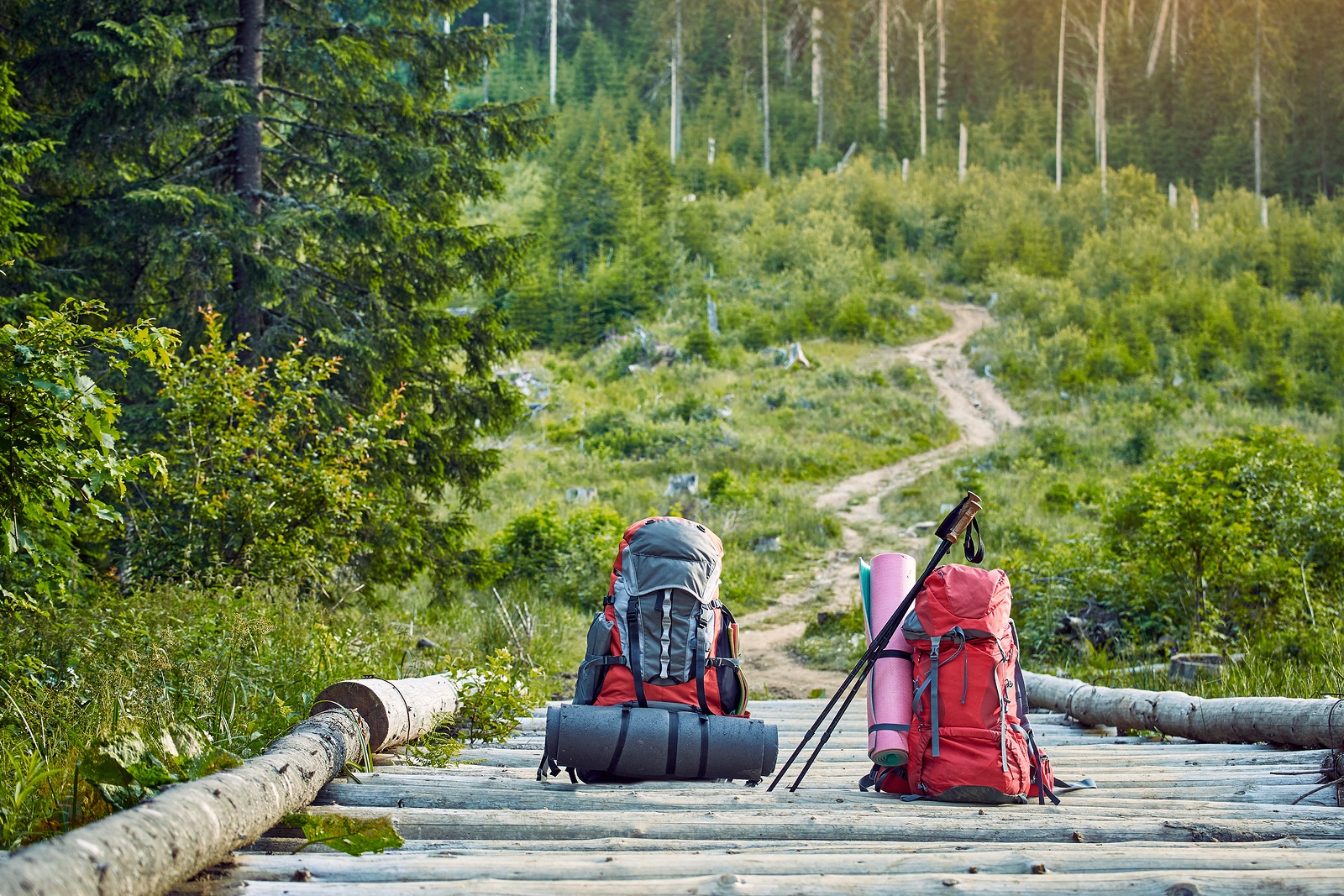
If so, please feel free to tell us how this article helped you by leaving your comments below. You may also share this post with your fellow backpackers or with your friends.


